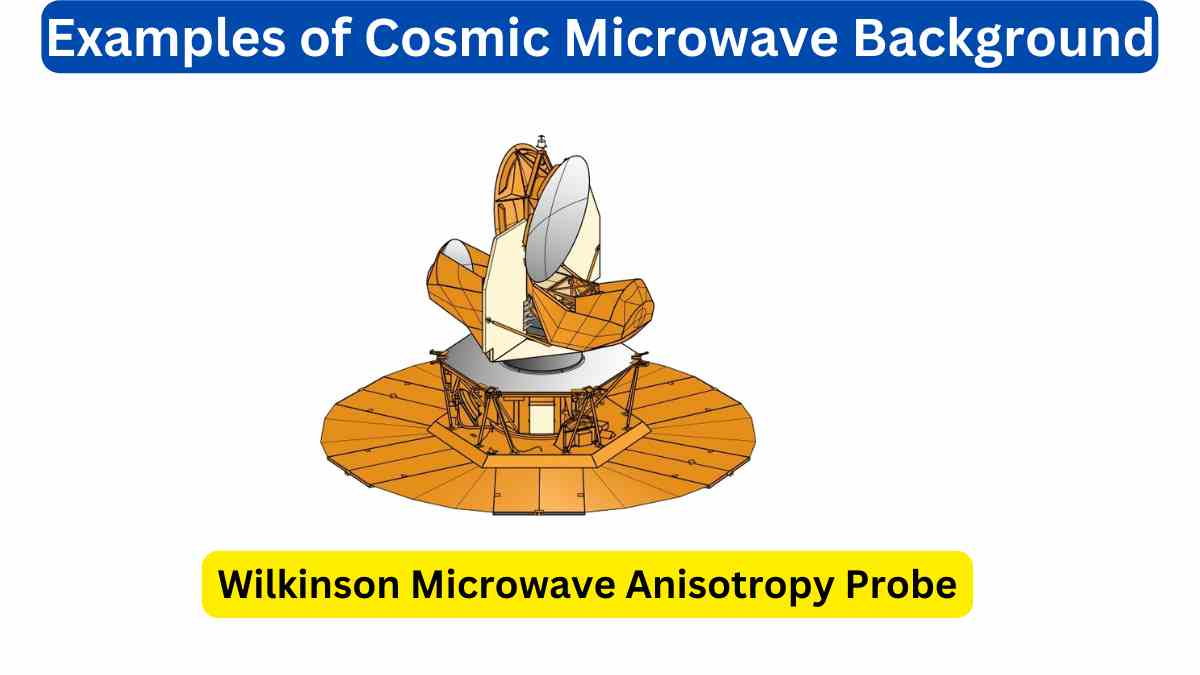10 Examples of Superconductivity
Superconductivity is a phenomenon where certain materials can conduct electricity with zero resistance when cooled to extremely low temperatures, typically below -140°C. Examples of superconductors include metals like niobium, tin, and aluminum, as well as ceramic materials like yttrium barium copper oxide and mercury barium calcium copper oxide.
Examples of Superconductivity
Here are ten examples of superconductivity.

1. Josephson Effect
The Josephson effect is a quantum phenomenon observed in superconducting materials. It allows for the precise measurement of voltage and frequency and has applications in highly sensitive detectors and quantum computing.
2. MRI Machines
Superconducting magnets are used in magnetic resonance imaging (MRI) machines in medicine. These magnets generate strong, stable magnetic fields for imaging the human body with high resolution.
3. Particle Accelerators
Superconducting radiofrequency cavities are used in particle accelerators, such as the Large Hadron Collider (LHC) at CERN. They accelerate particles to extremely high energies while minimizing energy losses due to electrical resistance.
4. Maglev Trains
Magnetic levitation (maglev) trains use superconducting magnets to levitate above the tracks, reducing friction and allowing for high-speed, energy-efficient transportation.
5. Electrical Grids
Superconducting power cables and fault current limiters are being developed to improve the efficiency and reliability of electrical grids. They can transmit electricity with minimal losses and prevent damage during power surges.
6. Quantum Computers
Quantum computers use superconducting qubits, which are extremely sensitive to quantum effects due to their superconducting nature. These qubits are a promising avenue for developing powerful quantum computers.
7. Particle Detectors
Superconducting sensors are used in particle detectors to detect and measure particles produced in high-energy physics experiments. They are essential for studying fundamental particles and their interactions.
8. Magnetic Resonance Spectroscopy
Superconducting magnets are used in nuclear magnetic resonance (NMR) spectroscopy to analyze the structure and properties of molecules in chemistry and biochemistry.
9. Energy Storage
Superconducting magnetic energy storage (SMES) systems store energy in the form of a magnetic field. They can rapidly release stored energy, making them useful for grid stabilization and backup power.
10. Quantum Levitation
Quantum levitation demonstrations, often using superconductors cooled by liquid nitrogen, showcase the ability of superconductors to expel magnetic fields and levitate above magnets. While not a practical application, it highlights the fascinating physics of superconductivity.
These examples illustrate the broad range of applications and potential benefits of superconductivity, from healthcare and transportation to fundamental research and quantum technologies. Ongoing research aims to develop superconductors that can operate at higher temperatures, making them more practical for everyday use.







Leave a Reply